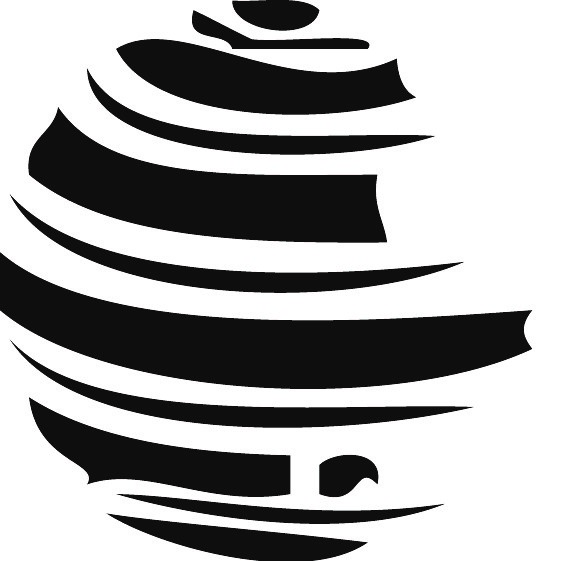- Home
- 33 (1997/1) - Agricultures du Monde
- Agrarian Transition in the Former Soviet Union
View(s): 501 (10 ULiège)
Download(s): 143 (0 ULiège)
Agrarian Transition in the Former Soviet Union

Attached document(s)
original pdf fileRésumé
Dans l'ancienne Union Soviétique, durant la première moitié des années 90, des changements significatifs ont eu lieu. On a assisté à un processus de privatisation des exploitations agricoles - rapide en Géorgie, en Arménie et dans les pays baltes, lent dans les autres pays. Des exploitations de types différents tant d'un point de vue institutionnel que de gestion apparaissent : incluant des grandes et petites exploitations individuelles, de nouvelles formes de coopératives et des sociétés commerciales. La plupart du temps, les changements institutionnels ne sont pas suivis de restructurations effectives des exploitations. Beaucoup d'exploitations demeurent des anciennes grandes fermes collectives. Le morcellement excessif des nouvelles exploitations individuelles empêche le progrès technique. La dérégulation partielle du marché agricole et la libération des prix sont contrés par le maintien d'intervention et de subsides de l'Etat. Les baisses des investissements et des productions, particulièrement de la production animale, ont été accompagnés de la croissance de la main-d'oeuvre agricole. La productivité du travail et les rémunérations diminuent. L'inégalité des revenus et la pauvreté rurale s'accroissent.
Abstract
In the Former Soviet Union, during the first half of 1990s, significant changes took place. There occurred a process of gradual privatisation of farming — fast in Georgia, Armenia, and the Baltics, slow in the remaining countries of the region. Different institutional and managerial types of farms emerged, including small and large individual farms, new forms of co-operatives, shareholder associations and joint stock companies. Most of the time the institutional changes were not followed by effective farm restructuring. Many units remain as very large old collective farms. Excessive fragmentation of newly created individual farms (often enlarged family plots) impede technical progress. Partial deregulation of the agricultural market and price liberalisation were stymied by continuation of heavy state intervention and subsidies. Declines in agricultural capital investment and output — especially in animal production — were accompanied by increases in farm labour force. Labour productivity and wages decreased. Income inequality and rural poverty increased.
To cite this article
About: Carol SCOTT LEONARD
St Antony' s College, Oxford University, Royaume-Uni
About: Janusz SZYRMER
Harvard Institut for International Development,
Harvard University, Cambridge, Massachusetts, Etats-Unis






